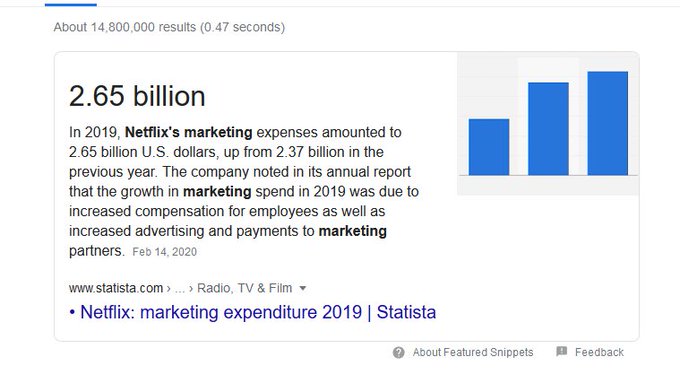Here's an example of local TV (@WNEP, an ABC affiliate in Scranton, PA) getting duped into covering a QAnon event as a "just folks" demonstration against human trafficking. These events happened all over the country today.https://t.co/Rp309w3AkM— Jay Rosen (@jayrosen_nyu) August 23, 2020
If you have been looking for a good solid explainer so you "get" the basics of what QAnon is, I recommend this one. https://t.co/ElAU7lyIrQ— Jay Rosen (@jayrosen_nyu) August 21, 2020
Cool.
How our perception of the Iguanodon had changed over the years!— Extinct Animals 🦖🦕 (@Extinct_AnimaIs) August 23, 2020
(Credit: YourDinosaursAreWrong) pic.twitter.com/kWJJNIF9lN
Elon Musk now has a net worth of almost $100 billion.
In January, PlainSite sent Elon Musk, Zach Kirkhorn and the $TSLA Board of Directors e-mails inquiring as to the definition of "deliveries." Tesla has never fully defined the term. It's a company with many figurative and literal moving parts, but this is the core issue.— PlainSite (@PlainSite) April 28, 2020
I think “factory gated” and “financially delivered” are the tops.— Keubiko (@Keubiko) August 23, 2020
Anonymous (but legit, if you know the space you'd recognize the name) AV developer encapsulates the sector's take on Tesla's approach to autonomous driving tech pic.twitter.com/5ZbffNrgej— E.W. Niedermeyer (@Tweetermeyer) August 21, 2020
Imagine if the E was real https://t.co/FDV6g2W5Wl— TC (@TESLAcharts) August 23, 2020
Maybe the devil pumps up Tesla to test the faith of efficient markets believers, just like dinosaur bones and creationists— Arpit Gupta (@arpitrage) August 20, 2020
Impenetrable pseudonyms like ADAlthousePhD.
This passage is too incredible not to mention: pic.twitter.com/FU3fFnjv5T— Andrew Althouse (@ADAlthousePhD) August 21, 2020
It's not so much that she wanted them to do it; it's that she thought it was a good idea to say it out loud.
Feed a cold, starve a supporter https://t.co/EzER9ywjqN— Charles P. Pierce (@CharlesPPierce) August 22, 2020
What would some "Missy" know about... oh, never mind.
YAWN...sorry but not a major moment, there were too many caveats behind this for it to be a watershed moment, dogfighting is equivalent to cooking, if you follow the recipe exactly with perfect information - you win. Not a major moment, just one more overhyped AI demonstration— Missy Cummings (@missy_cummings) August 21, 2020
Two Economies
There are two economies right now: a buoyant recovery resting atop a possible depression. https://t.co/qNyeOPb7Yg pic.twitter.com/4fdDwPjEgM— Catherine Rampell (@crampell) August 21, 2020
I would have gone with a Goodfellas reference, but it's nice to have some variety.
The floodgates are beginning to open. Apple wants a 30% cut from everyone who signs up for hosting of their Wordpress blog on an iPhone. Their app has been blocked from making updates until they make the change.— Dare Obasanjo (@Carnage4Life) August 21, 2020
Apple is strong arming the entire app ecosystem like Tony Soprano. https://t.co/u9BZD5YTUe
Excellent report on the USPS crisis.
‘Like Armageddon’: Rotting food, dead animals and chaos at postal facilities amid cutbacks https://t.co/ffb7fqaQlU— Mark Palko (@MarkPalko1) August 21, 2020
Pretty much sums it up.
Still can't believe a major political party punted on the incredibly basic task of drawing up a party platform and instead just issued a statement that's basically an "I'm With Stupid" T-shirt.— Kevin M. Kruse (@KevinMKruse) August 24, 2020
Kids, Kids and Dogs
Not sure this bodes well for the child's future. https://t.co/Bzv4mJ2bU1 via @YouTube— Mark Palko (@MarkPalko1) August 22, 2020
— Rex Chapman🏇🏼 (@RexChapman) August 20, 2020



